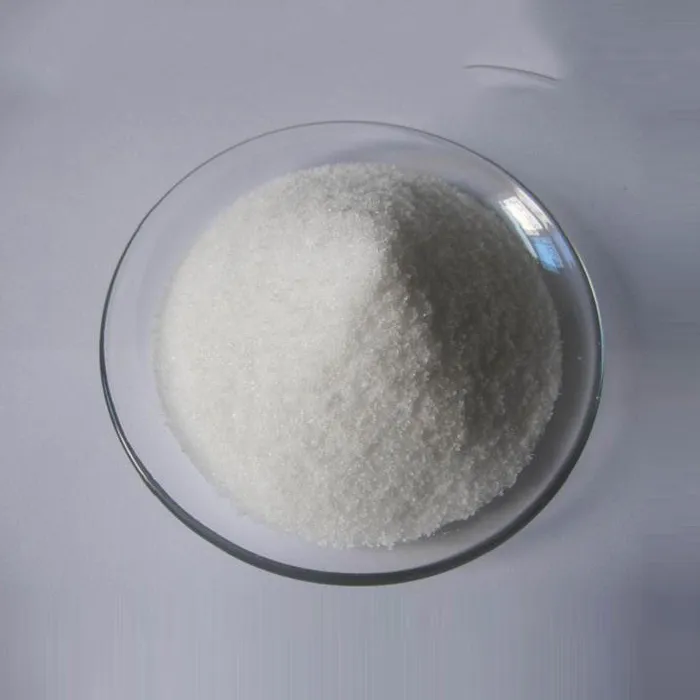Active Pharmaceutical Intermediates The Unsung Heroes of Drug Development
In the realm of pharmaceutical production, active pharmaceutical intermediates (APIs) play a pivotal role, yet they often remain in the shadows when discussing drug development. These compounds serve as the critical building blocks in the synthesis of active pharmaceutical ingredients (APIs) and are essential in the manufacturing of pharmaceuticals. Their importance cannot be overstated, as they directly impact the quality, efficacy, and safety of the final drug products that reach consumers.
To begin with, it is crucial to define what APIs and active pharmaceutical intermediates actually are. An active pharmaceutical ingredient is the primary component in a pharmaceutical drug that produces the intended therapeutic effect. These APIs can be simple, such as acetaminophen, or complex biologics like monoclonal antibodies. On the other hand, active pharmaceutical intermediates refer to the substances that are used to produce APIs during various stages of the synthesis process. These intermediates undergo chemical transformations to eventually yield the final product.
The production of active pharmaceutical intermediates is a meticulous and highly regulated process. It requires advanced knowledge of organic chemistry, chemical engineering, and pharmaceutical sciences. Companies often invest heavily in research and development to optimize the synthesis pathways for intermediates, thereby improving yields, reducing costs, and minimizing waste. Optimization can also lead to better scalability, which is vital for meeting market demands.
One of the significant challenges in the production of active pharmaceutical intermediates is maintaining stringent quality standards. The pharmaceutical industry is one of the most heavily regulated sectors, and any impurities or deviations from established specifications can have far-reaching consequences. Consequently, manufacturers implement rigorous quality control measures, including in-process testing, stability testing, and thorough documentation to ensure compliance with Good Manufacturing Practices (GMP).
Moreover, the rise of globalization in the pharmaceutical supply chain has further complicated the production of active pharmaceutical intermediates. Many pharmaceutical companies source these intermediates from different regions worldwide, often opting for countries with lower production costs. However, this can lead to concerns about the reliability and quality of the intermediates, as varying regulations and standards exist globally. To mitigate risks, companies must perform due diligence on their suppliers and often establish stringent quality agreements to ensure that all materials meet acceptable specifications.
active pharmaceutical intermediates

The development of new and innovative active pharmaceutical intermediates is also crucial for advancing the pharmaceutical industry. Research in areas such as medicinal chemistry and process chemistry strives to develop novel intermediates that can improve the therapeutic profile of drugs, enhance bioavailability, or reduce side effects. For instance, asymmetrical synthesis methods, which allow for the production of chiral intermediates, are garnering significant attention as they can lead to more effective drug compounds.
Additionally, as the field of personalized medicine expands, the need for specialized active pharmaceutical intermediates is growing. Tailoring drug formulations to meet the specific needs of individual patients requires the development of unique intermediates that can facilitate the production of customized therapies. This presents both opportunities and challenges for pharmaceutical companies, as they must balance innovation with regulatory compliance and cost-effectiveness.
Looking into the future, the landscape of active pharmaceutical intermediates is poised to evolve significantly. As technology advances, we can expect the integration of artificial intelligence and machine learning into the design and optimization of synthetic pathways for intermediates. Such advancements could lead to more efficient production processes, as well as the discovery of previously unexplored compounds.
Furthermore, sustainability is becoming increasingly important in the pharmaceutical industry. Manufacturers are being urged to adopt greener practices, which include finding more environmentally friendly processes for producing active pharmaceutical intermediates. This may involve the use of renewable resources, reduced energy consumption, and minimized waste generation, contributing to a more sustainable future for the pharmaceutical sector.
In conclusion, active pharmaceutical intermediates are essential components of the drug development process that deserve more recognition for their critical roles. As the pharmaceutical industry continues to innovate and evolve, understanding and optimizing the production of these intermediates will be vital for the effective and safe delivery of new therapeutics to patients worldwide. The continual investment in research, technology, and sustainable practices will help ensure that these unsung heroes of the pharmaceutical world can meet the ever-growing demands of healthcare.

